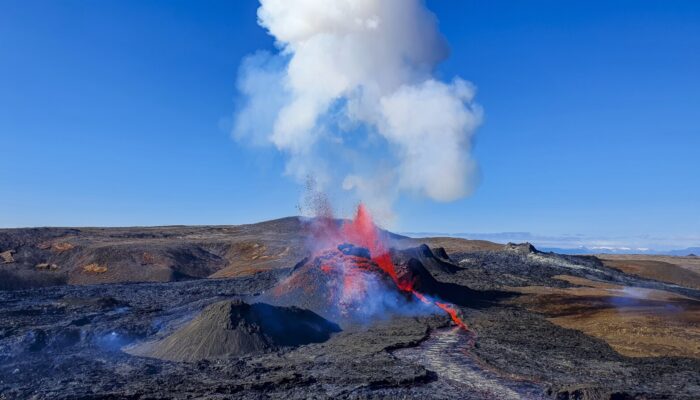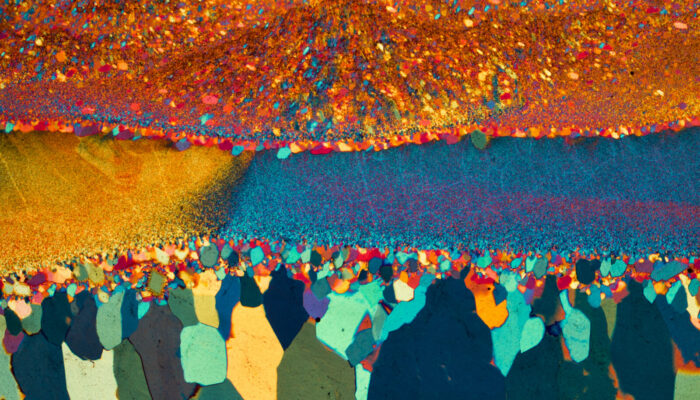The Equality, Diversity, and Inclusion (EDI) Committee at the European Geosciences Union (EGU) is dedicated to promoting a vision of equality, diversity, and inclusion through an integrated, coordinated, and constructive approach. Their mission includes raising awareness of EDI values within the scientific community, organizing sessions and meetings focused on EDI issues, representing EGU in relev ...[Read More]
EGU’s Pride: Insights into our EDI’s committee’s initiatives




